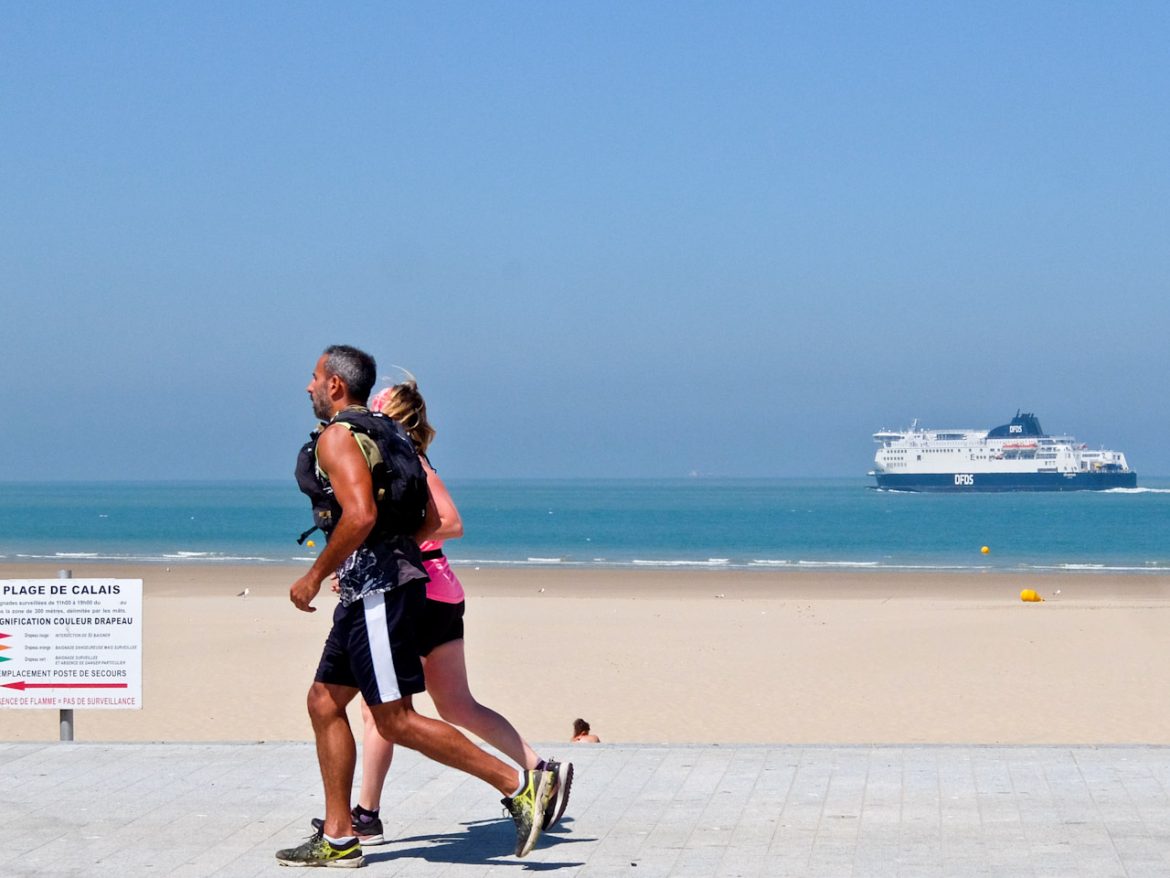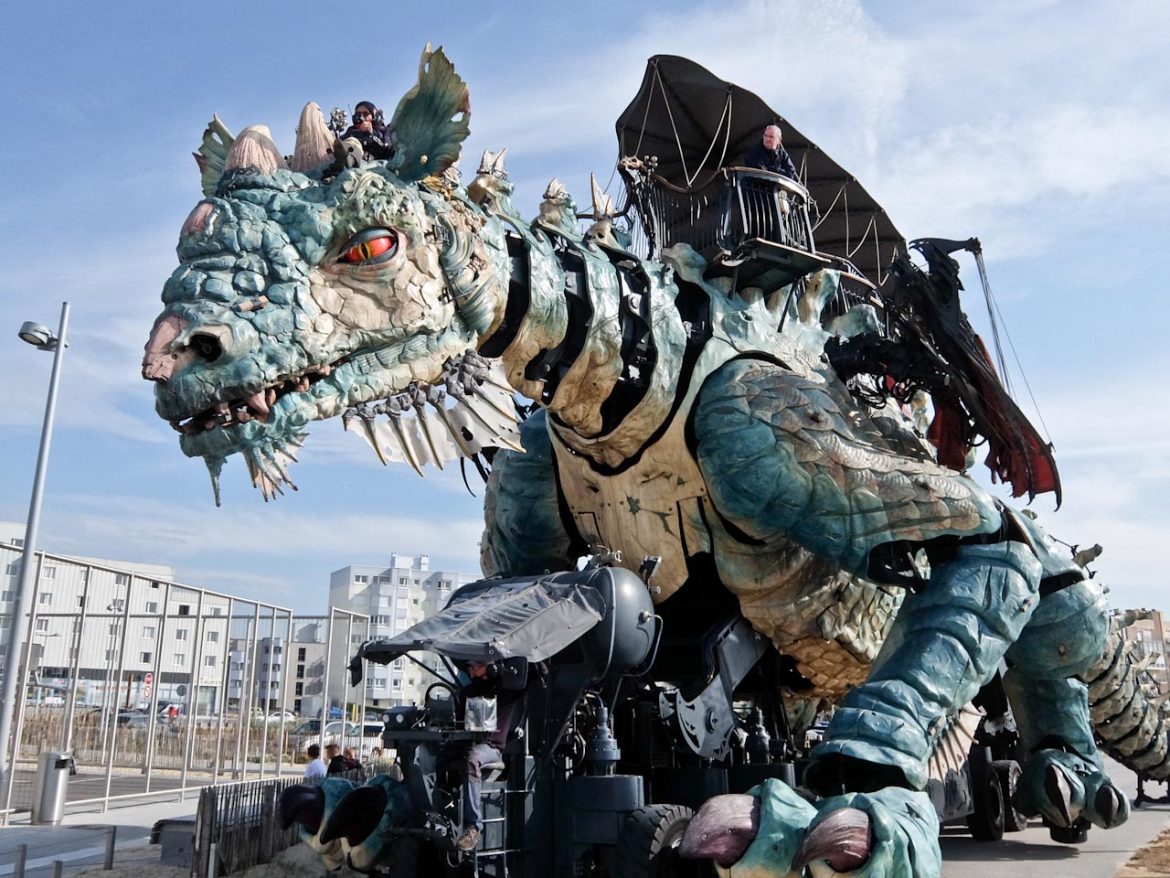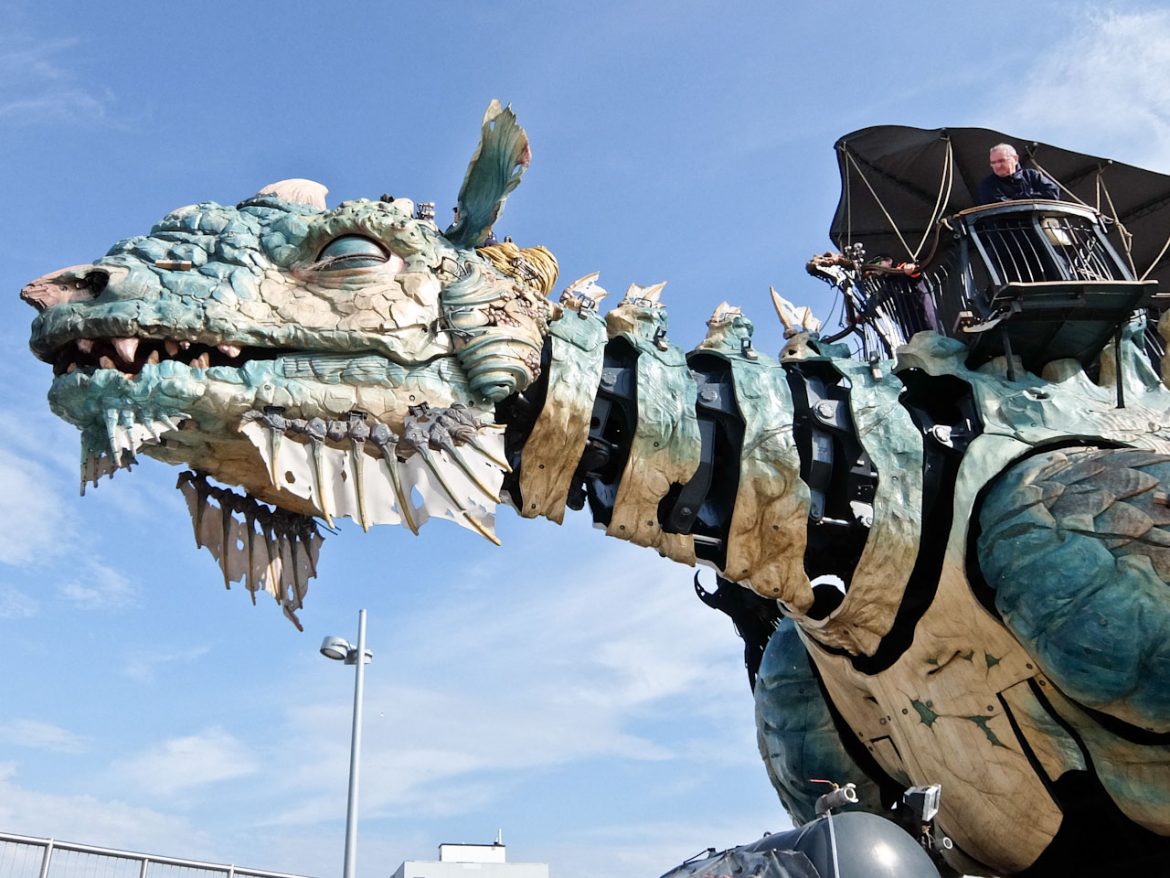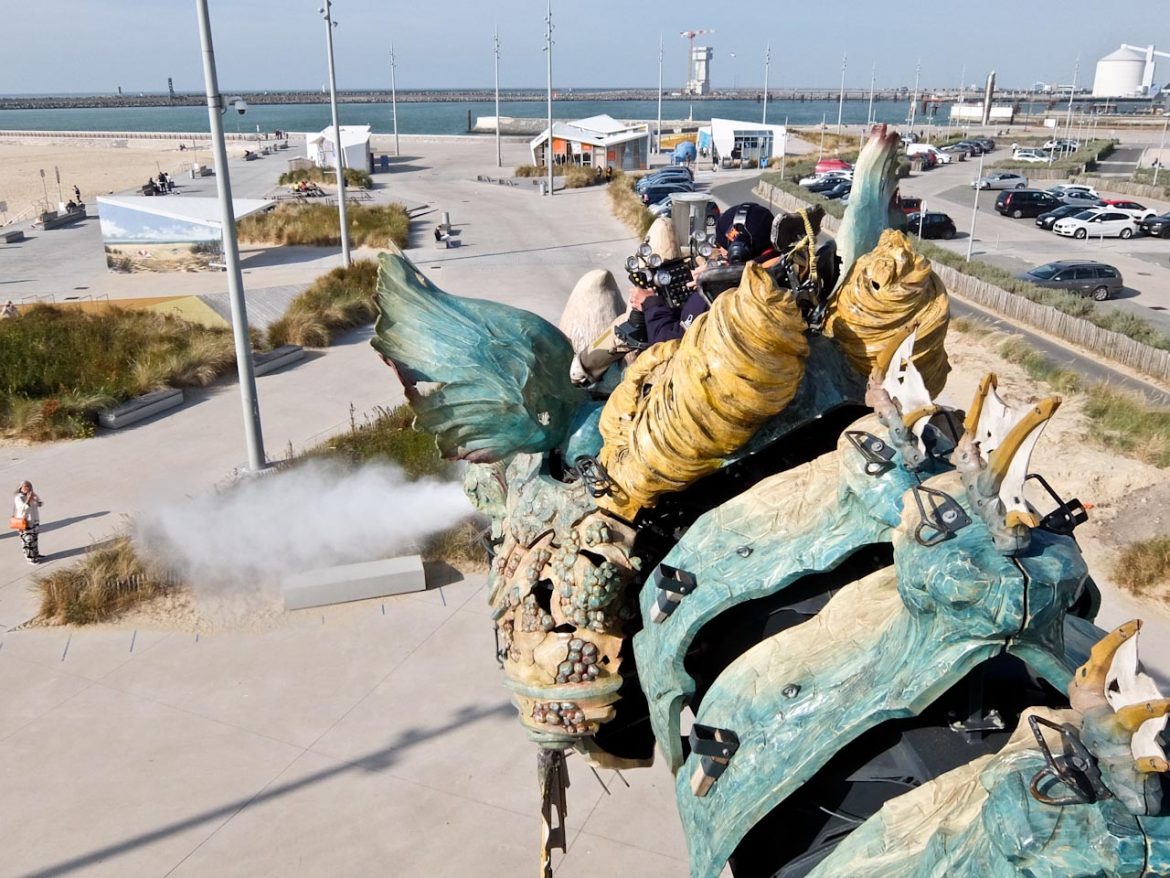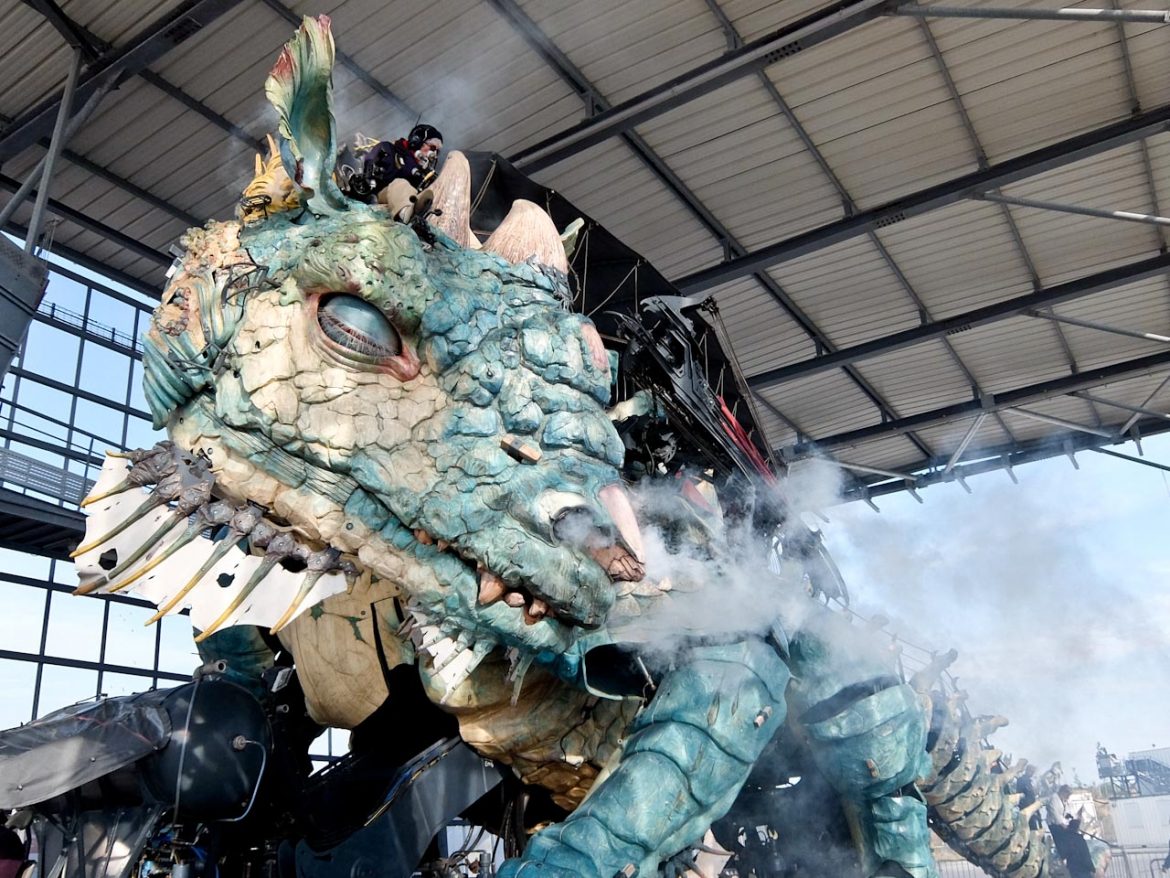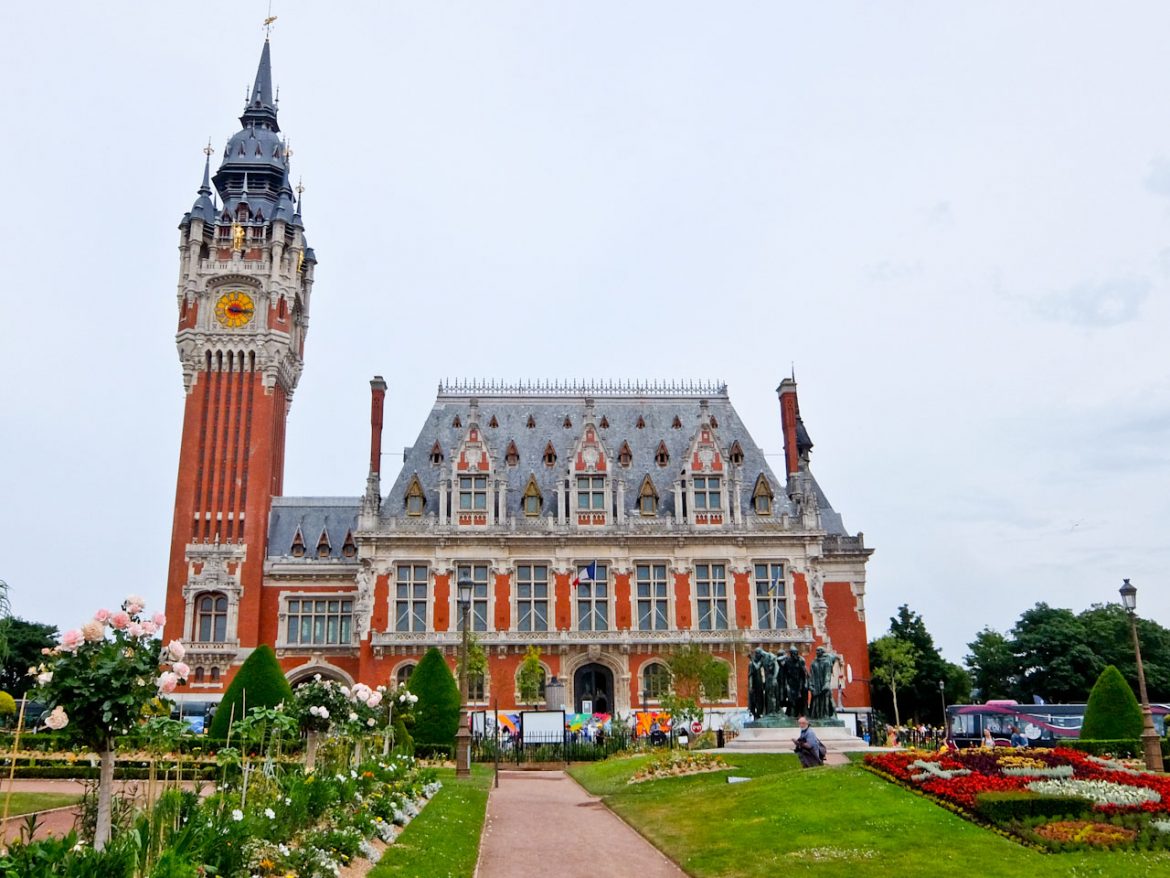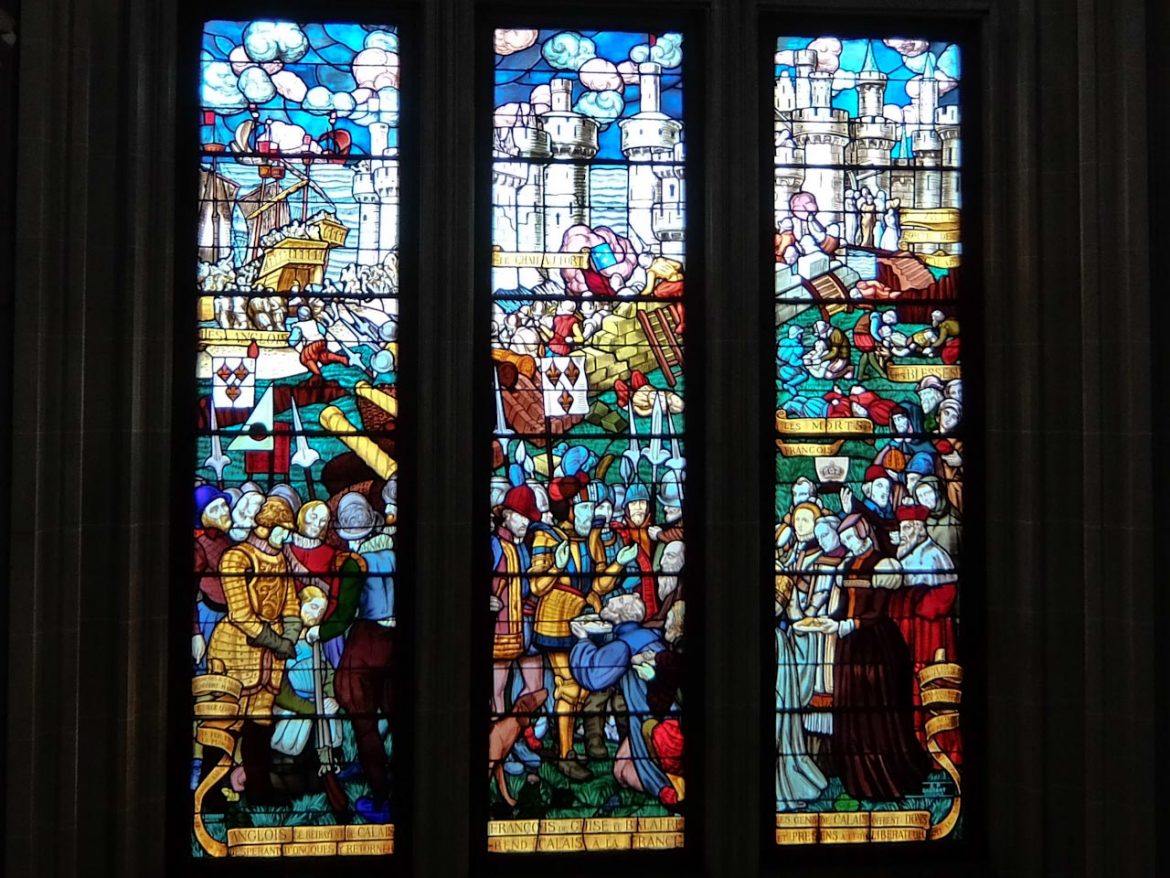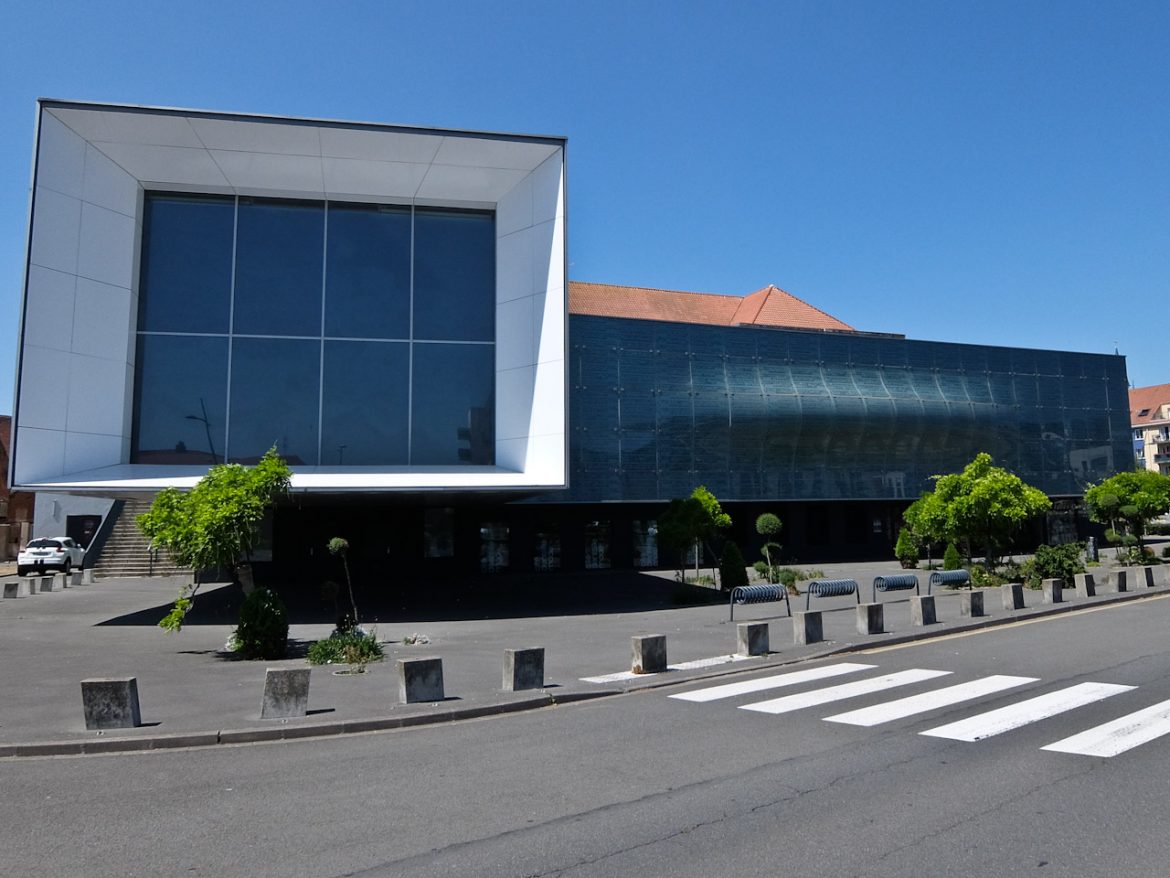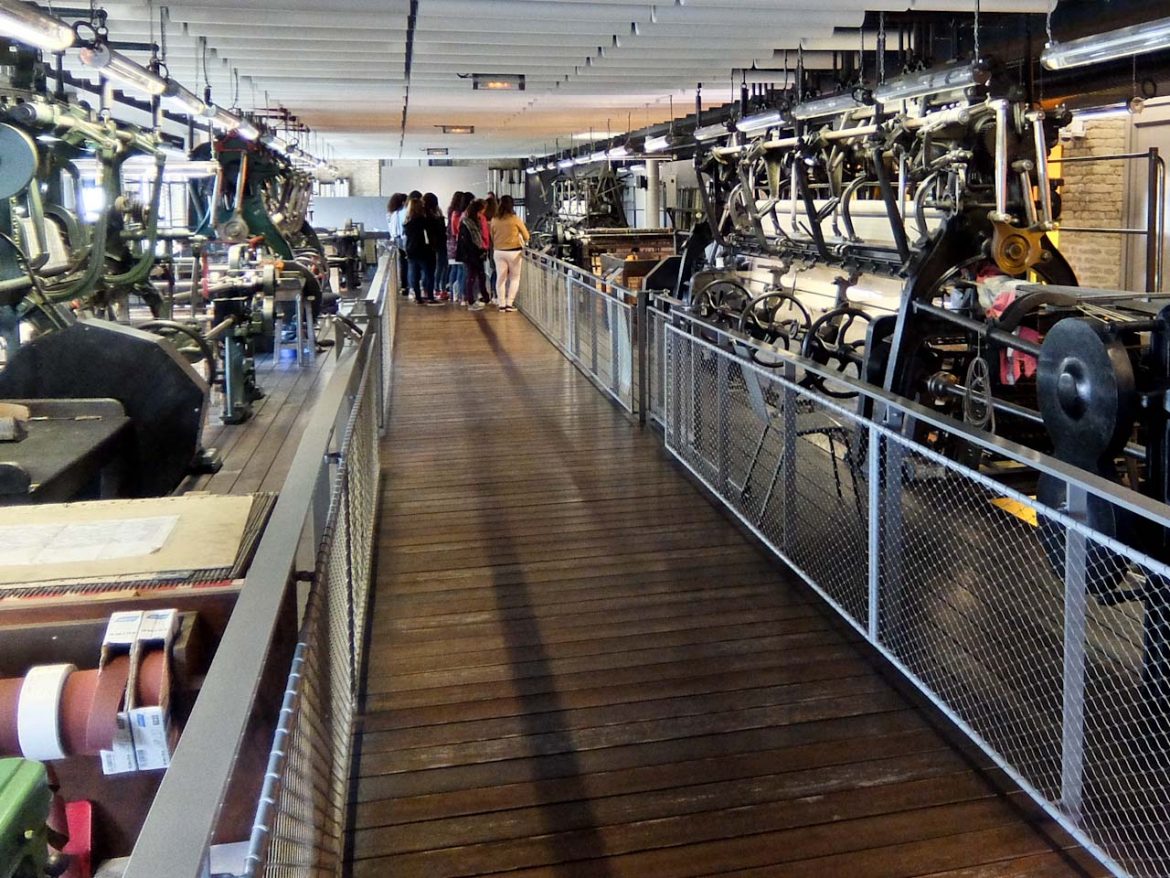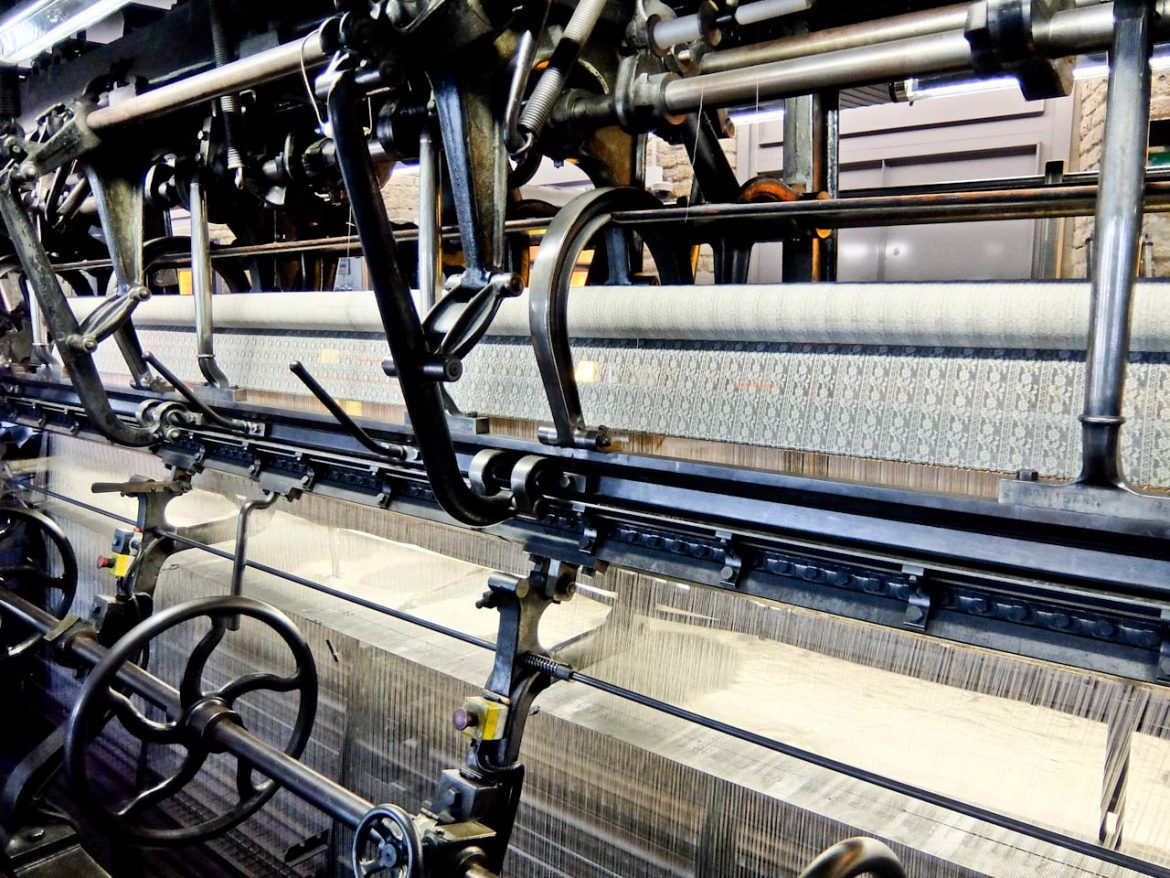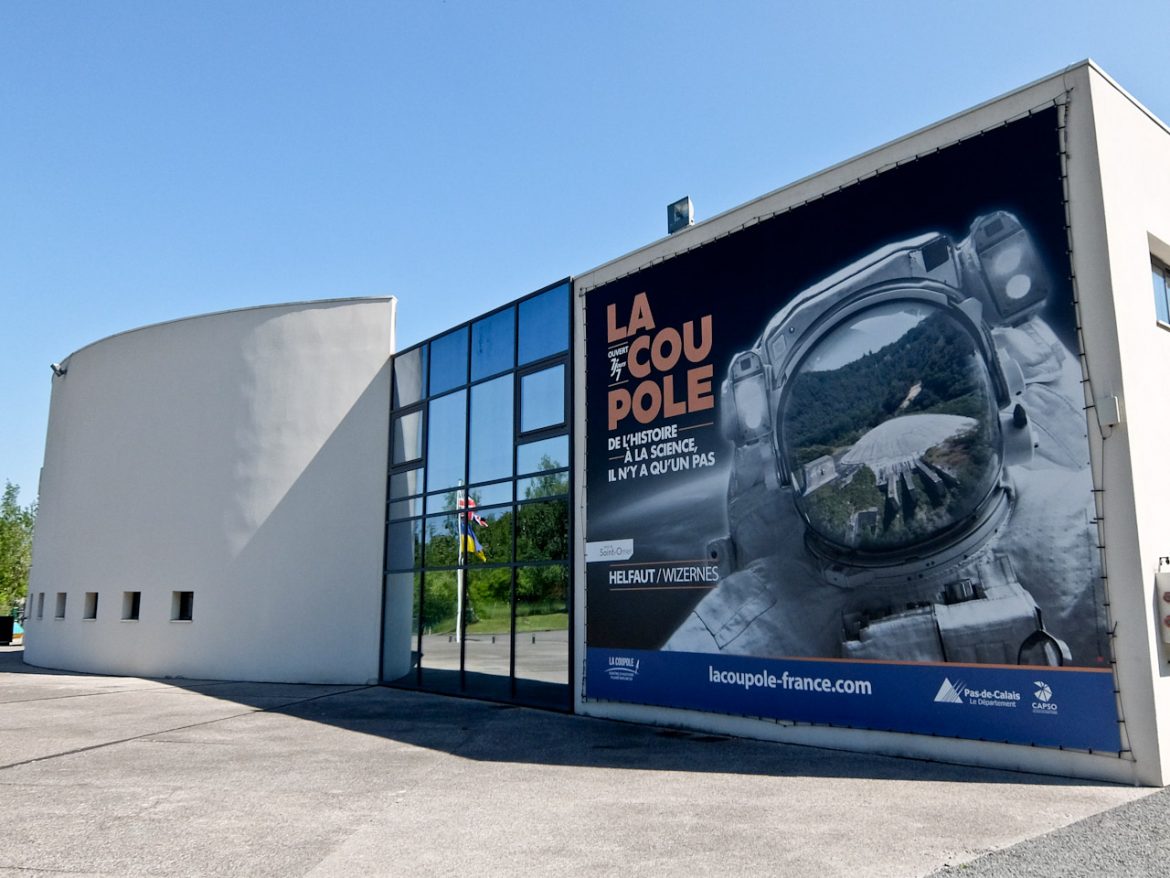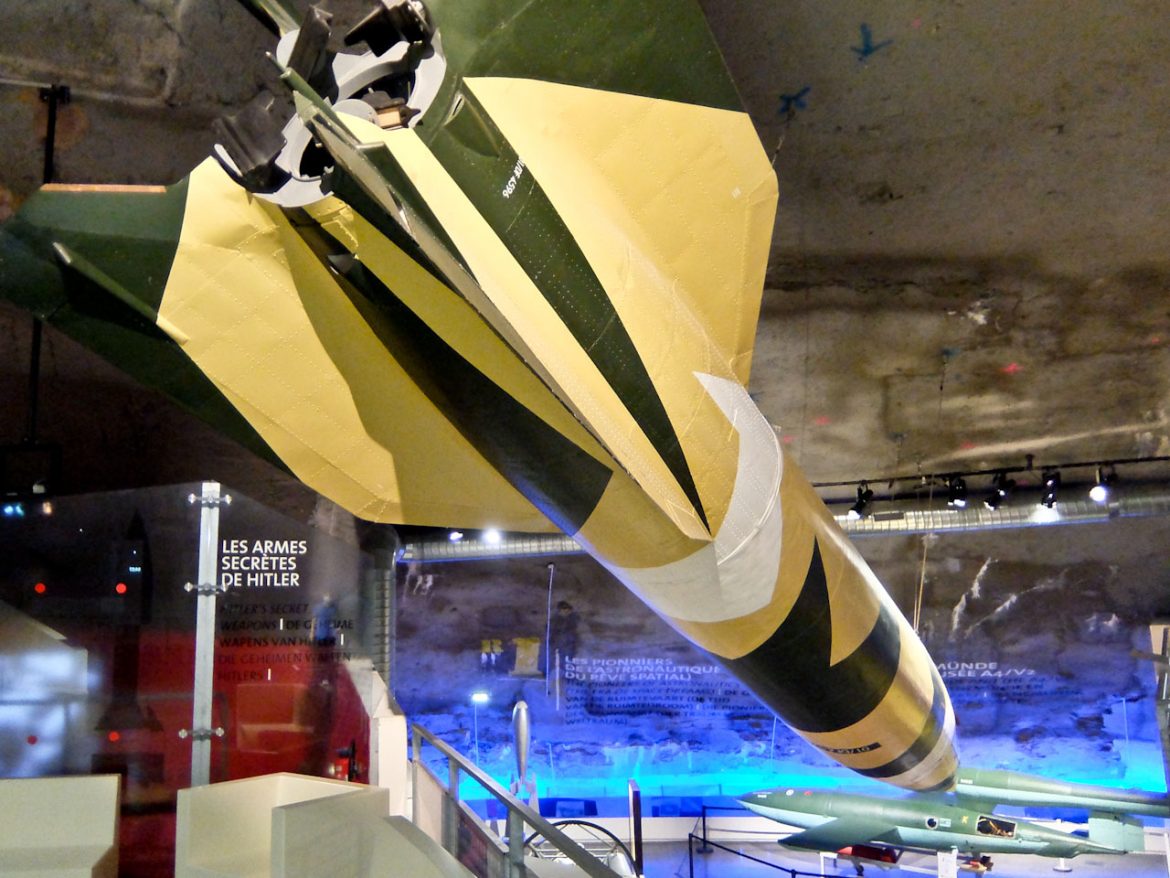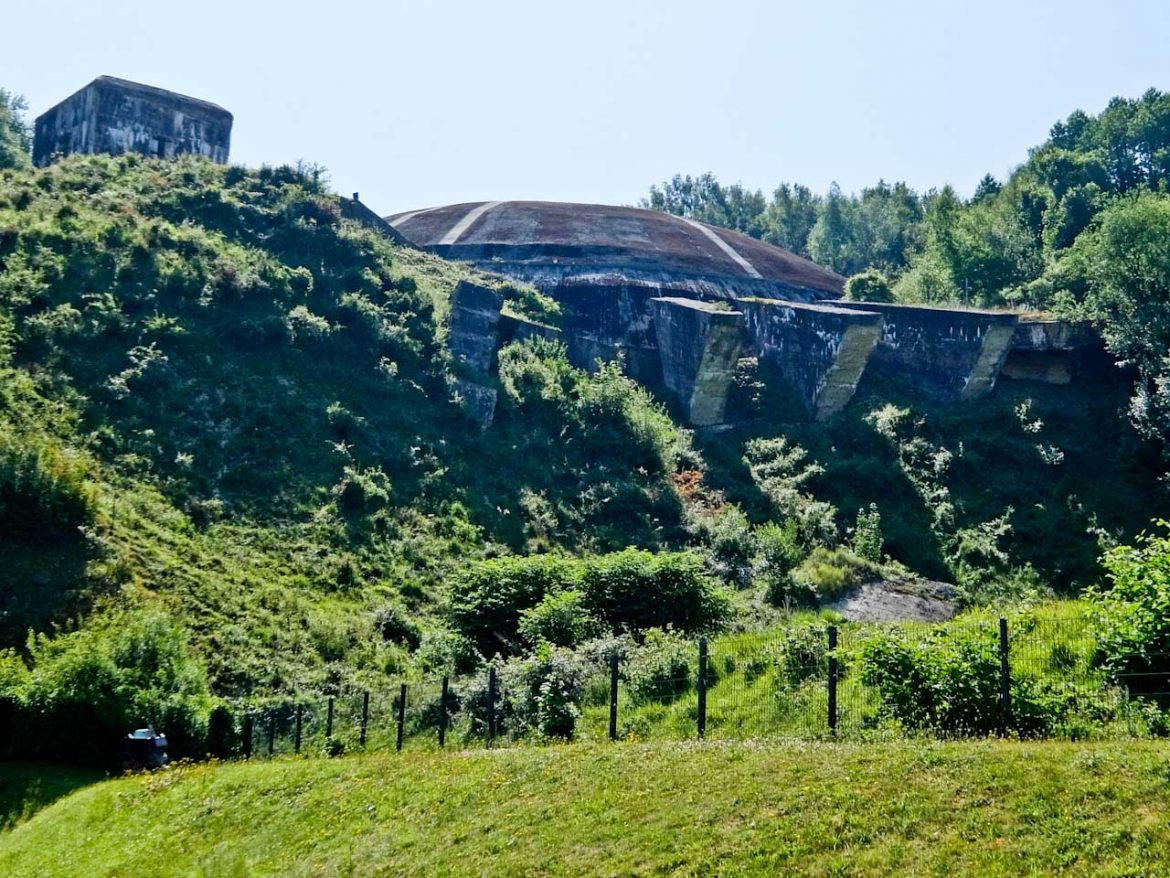Unlike Dover, its counterpart on the other side of the channel, Calais feels positively booming. It’s got an added new attraction in the form of a giant dragon which strolls the seafront and its buses and boats are now free for everyone.
It makes a great weekend destination, perfect for stocking up on wine and cheese, and dining in its excellent restaurants. It’s also easy to forget that it enjoys a long expanse of wide sandy beach, rising up to the cliffs of Cap Blanc Nez, with perfectly safe bathing for children and adults alike.
Calais Dragon
Dragons are certainly known in the Nord region of France and the traditional processions and parades of effigies of giants and dragons are now included on the UNESCO Intangible Cultural Heritage List. A more recent attraction, the Calais Dragon, is a colossal construction made from steel and carved wood, designed by François Delaroziere. It takes 48 passengers on a 45-minute journey as it trundles along the prom, towering above parked cars and pedestrians, mist escaping from its body through thirty vents.
You climb on board via a staircase integrated into its tail and take your seat on the top deck. From this position, there are glorious views of the sea and beach, as it progresses at a reptilian 4 km/h. But best of all is the sight of unsuspecting pedestrians jumping out of the way as it moves its eyelids, ears, mouth and tongue, spitting fire and water. Of course, it’s all done by teamwork and a crew of six is required to pilot the dragon. More technicians get involved as the dragon docks in an immense shelter at the end of the promenade
Calais Town Hall
A dragon weathervane sits on the top of the belfry of Calais Town Hall, dominating the town. The building commemorates the merging of the two towns of Calais and Saint Pierre in 1885 but work didn’t start until 1911. Louis Debrouwer was one of the first architects to use reinforced concrete and as a result, it survived WW1 more or less intact. Still, remedial work meant it wasn’t inaugurated until 1925, and there was more damage in 1940.
Inside, there’s a large staircase leading to the first floor, decorated with magnificent stained glass windows. They portray the story of the liberation of Calais from the English by the Duke of Guise in 1558. The ornate brick clock tower and belfry is a Calais landmark and stands 75m high. It contains one of the most beautiful chimes in the north of France and is a UNESCO World Heritage Site. Climb to the top for panoramas over the town and a close-up of the dragon weathervane.
Calais Lace & Fashion Museum
Calais has been making lace since 1816 when machinery from England was smuggled in illegally. These industrial looms were subsequently modified to use the Jacquard system, which allowed mechanically produced lace to rival the handmade variety. By 1910 there were more than 40,000 people employed in the lace trade but these days there are only a handful of companies left. The area is still responsible for around 80% of the world’s lace production and top designers still come back to Calais for their materials.
The museum was set up in 2009 in a 19th century glass factory and has a modernistic glass and steel extension. The first section is devoted to the history of hand lace from the 16th to the 19th century, displaying some beautiful examples. It then moves to industrial production, beginning in the 19th century, and five working Leavers looms have been installed, each with its own trained operator. This is where you see the lace being produced and a guided visit takes you through each stage of the process. Finally, there’s the fashion department containing over 3000 items, made between 1850 and the present.
La Coupole
45 minutes’ drive from Calais is one of the most impressive remnants of the Second World War in Europe. La Coupole is a huge domed bunker, built by slave labour in 1943-1944, as a launching site for V2 rockets aimed at London. It was heavily bombed by the Allies and was abandoned in the summer of 1944, without launching a single rocket.
The V2s which struck London and Antwerp in September 1944 were sent from mobile units in Holland. Since 1997, it’s has been turned into a History and Memory Centre, a World War 2 museum, not only dealing with V1 and V2 weapons but also the history of the Nazi occupation of the North of France.
You enter through a dark tunnel, filled with the sounds of construction and bombing, to access the luminous concrete dome. This was meant to be the launch site for the V2’s and the exhibition traces the history of Wernher von Braun, the German designer of the rockets. After the war, he was taken by the Americans and went on to work for NASA and put men on the moon. He’s still a divisive figure, responsible for weapons of mass destruction and also a pioneer of the space race.
FACT FILE
INFO: Pas de Calais Tourism has information about the region.
EAT: Aquaraile serves excellent seafood and has glorious sea views.
STAY: The Metropol Hotel makes a comfortable base in a quiet part of town.
You might also like: 5 Pretty French towns easy to get to from Calais

